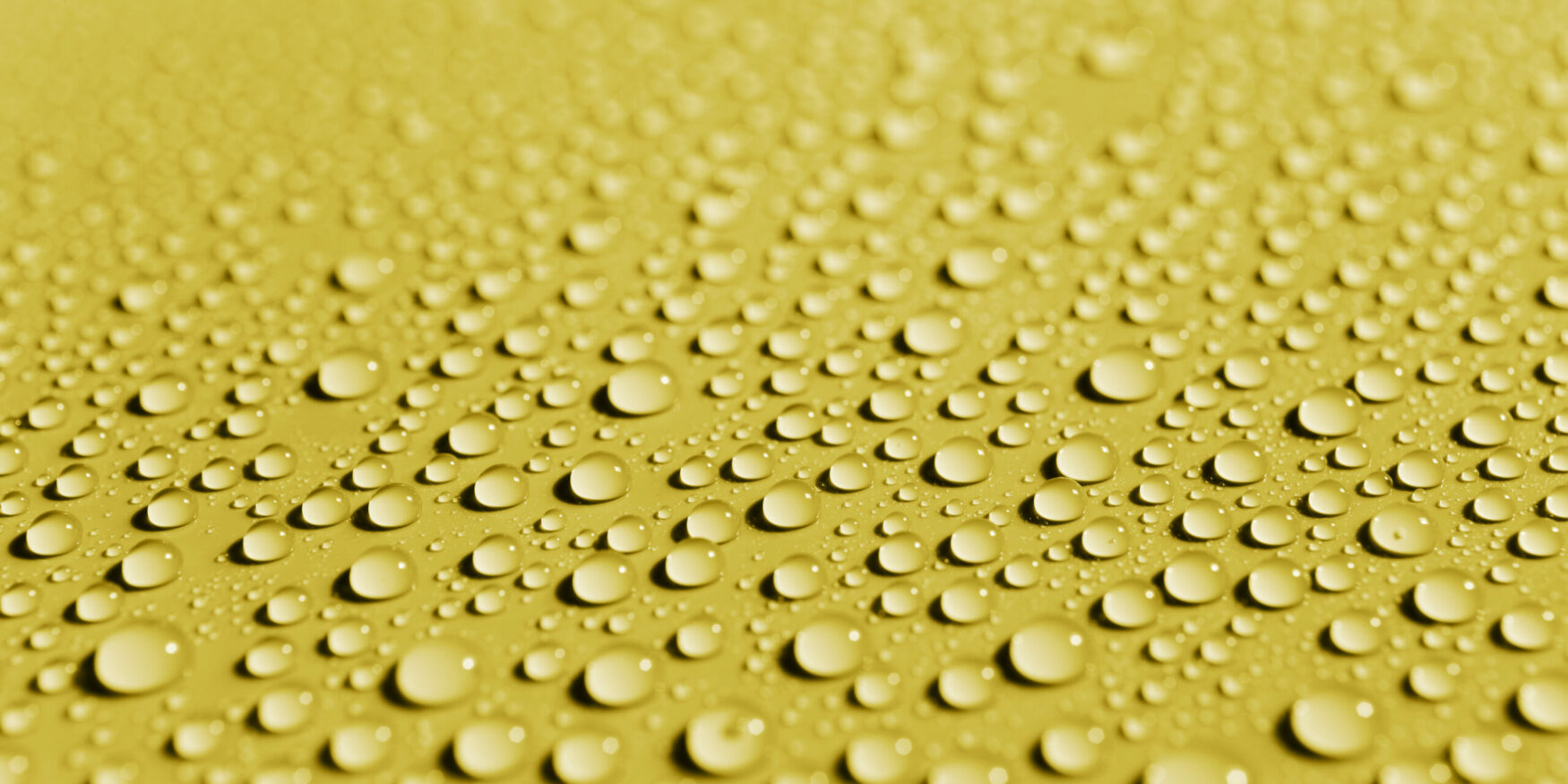Sol-Gel
Sol-Gel-Prozesse (Lösungsgelierung) können als eine Technik der weichen Chemie betrachtet werden, die für die Herstellung von glasartigen, keramischen und hybriden Materialien verwendet wird und keine hohen Temperaturen erfordert. Das Verfahren basiert auf Hydrolyse- und Kondensationsreaktionen von Precursoren. Es wird für die Herstellung von Materialien (Glas, Keramik, Nanopartikel) oder für die Formulierung von Beschichtungen verwendet. Im letzteren Fall wird der Boden mit verschiedenen Applikationstechniken (ähnlich wie bei einer Farbe oder einem Lack) auf die Oberfläche aufgetragen. Nach dem Verdampfen des Lösungsmittels und einem Vernetzungsschritt (durch thermische oder UV-Strahlung) bildet sich ein hybrides dreidimensionales Netzwerk.
Unsere Stärken:
- Beherrschung der Sol-Gel-Formulierung für eine breite Palette von Anwendungen und Substraten, einschließlich der Auswahl der Precursoren, Lösungsmittelts, Additive, Füllstoffe, die Syntheseschritte und Beherrschung der Optimierung von Anteilen sowie der Untersuchung der Glühungsart (thermisch, UV, IR, Plasma, usw.). Die verschiedenen Anwendungen, die bei Materia Nova (in Zusammenarbeit mit ESIX) entwickelt wurden, sind Korrosionsschutz, Antifouling, Antimikrobiell, elektrische Isolierung, ästhetische Eigenschaften, usw.
Unsere Lösungen für diese Technologie
- Anti-Reibungs- und Anti-Geräuschsbeschichtungen
- Nachhaltige biobasierte Beschichtungen
- Korrosionsschutz
- Antihaft, Benetzbarkeit und Gleitfähigkeit
- Antimikrobielle Eigenschaften
- Färbung der Oberfläche
- Sauberkeit der Oberfläche (leichtzureinigen, selbstreinigend, Antifouling, Anti-Fingerprint)
- Glänzende, satinierte oder matte Oberfläche
- Außenbeständigkeit (Witterungseinflüsse, UV, Temperatur, Feuchtigkeit, Schadstoffe)
- Haftvermittler und/oder (an)organischer Klebstoff
